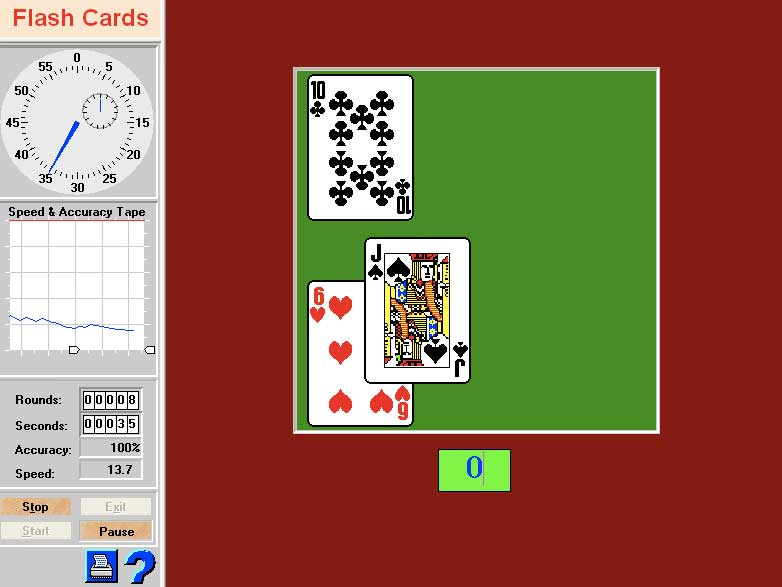Blackjack Strategy Deviations
- Appendices
- Miscellaneous
- External Links
Blackjack Top 20 Deviations
On This Page
A blackjack deviation is any occurrence when the player adjusts their play to make a decision that is outside the realm of basic blackjack strategy. Most blackjack deviations can be broken down into one of two types. There are betting deviations and playing deviations. 😍 Click to Visit My Favorite Casino 😍. Deviations from Basic-Strategy Hitting and Standing Decisions. Learning basic strategy is an absolute must for anyone who insists on becoming a winning blackjack player. With that said, basic strategy relies on limited information.
Introduction

Blackjack Basic Strategy Deviations
Blackjack Deviations Your results will vary each time you bet on blackjack. Most of the time when playing blackjack, your results will vary widely, from large losses to large wins. Seldom will a player with a 99.5% expectation actually walk away with 99.5% of the money he or she bet. The first scientific and mathematically sound attempts to devise a basic strategy were published by Roger Baldwin, et al in 1953. In 1962, Edward Thorp published his findings of an optimal blackjack strategy using a high-speed digital computer.
To use the basic strategy, look up your hand along the left vertical edge and the dealer's up card along the top. In both cases an A stands for ace. From top to bottom are the hard totals, soft totals, and splittable hands. There are two charts depending on whether the dealer hits or stands on soft 17.
Other basic strategy rules.
- Never take insurance or 'even money.'
- If there is no row for splitting (fives and tens), then look up your hand as a hard total (10 or 20).
- If you can't split because of a limit on re-splitting, then look up your hand as a hard total, except aces. In the extremely unlikely event you have a pair of aces you can't re-split and drawing to split aces is allowed, then double against a 5 or 6, otherwise hit.
Ideally, the basic strategy shows the play which, on average, will result in the greatest win or the least loss per initial hand played. The way I usually go about this is to look at the initial 2-card hands only. Generally, this will result in the overall best play. However, soft 18 against a dealer ace when the dealer stands on soft 17 provides the only known exception that I am aware of for any number of decks. As my blackjack appendix 9 shows, a 2-card soft 18 vs A has an expected value of hitting of -0.100359, and of standing -0.100502. So with two cards it is very slightly better to hit. However, not all soft 18's are composed of two cards. The more the cards in the player's hand the more the odds favor standing. Simulations show that if forced to always hit or always stand, it is better to stand. I would like to thank Don Schlesinger for bringing this unusual play to my attention.
 Written by:Michael Shackleford
Written by:Michael Shackleford